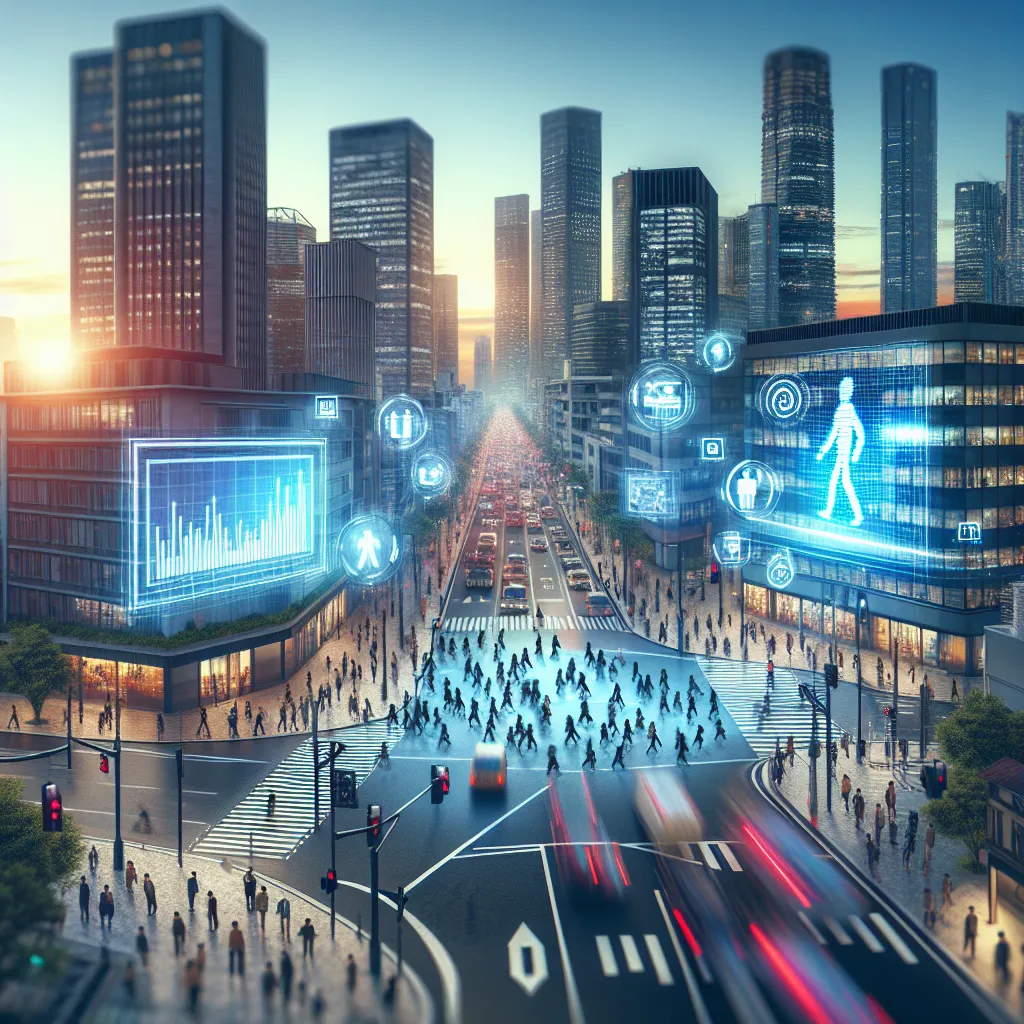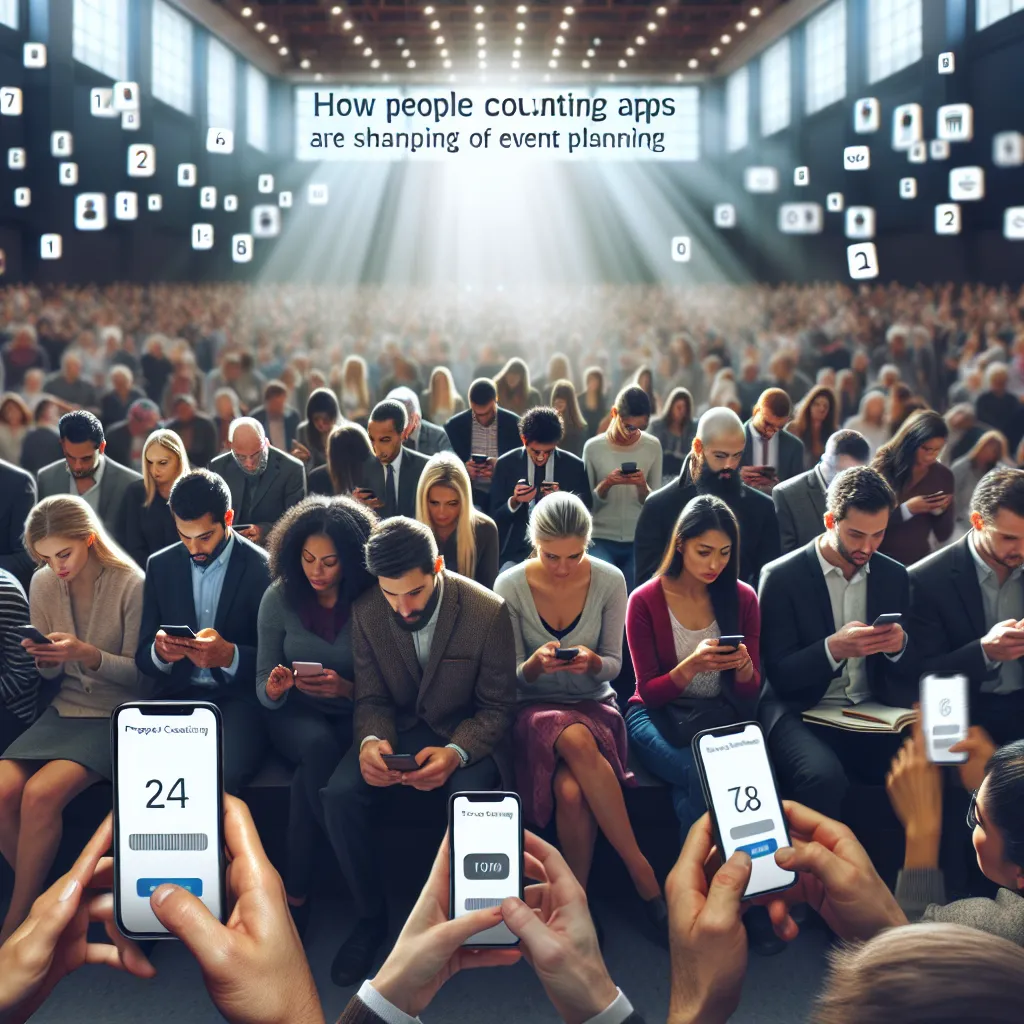Enhancing Public Transport Management with People Counting
Effective public transport management is crucial for cities aiming to ensure efficient and reliable services for their residents. One of the innovative solutions emerging in this field is the integration of people counting technology. This blog post explores how people counting can revolutionize public transport management, the benefits it brings, and how it can be implemented.
What is People Counting?
People counting is a technology used to measure the number of individuals who enter or exit a particular area. This can be accomplished through various methods, including sensors, cameras, and infrared technology. In the context of public transport management, people counting systems are implemented to monitor passenger flow within buses, trains, stations, and other public transport facilities.
The Role of People Counting in Public Transport Management
1. Optimizing Schedules and Routes
Accurate data on passenger numbers can help transport authorities optimize schedules and routes according to demand. During peak hours, additional services can be deployed, while off-peak times might see a reduction in frequency to conserve resources. This ensures that transport services are both efficient and cost-effective.
2. Enhancing Safety and Comfort
People counting systems provide real-time occupancy data, allowing for the maintenance of comfortable service levels. By avoiding overcrowding, public transport can improve safety and enhance the passenger experience. Transport operators can also monitor compliance with capacity restrictions, which is particularly important during health crises such as the COVID-19 pandemic.
3. Data-Driven Decision Making
With accurate and comprehensive data, transport authorities can make informed decisions regarding infrastructure development and improvements. Identifying high-traffic areas or underutilized routes allows for more strategic investments in public transport infrastructure.
4. Improving Revenue Management
People counting can aid in accurate fare collection and revenue management by ensuring that ticket sales correspond to actual passenger use. This reduces revenue losses due to fare evasion and enhances the financial sustainability of public transport systems.
5. Enhancing User Experience
Real-time data on passenger numbers can be used to inform passengers through apps or digital displays about the occupancy levels of upcoming vehicles. This allows passengers to make informed decisions and enhances their overall travel experience.
Implementing People Counting Systems in Public Transport
Integration with Existing Technology
People counting systems need to be integrated with existing public transport infrastructure. This includes connecting to vehicle systems, scheduling software, and passenger information systems. Seamless integration ensures that data flows smoothly and is used effectively.
Choosing the Right Technology
There are several types of people counting technologies, including optical sensors, infrared sensors, and video analytics. Each has its advantages and particular use cases. Transport authorities need to choose the most appropriate technology based on factors such as accuracy, cost, and ease of installation.
Data Privacy and Security
Handling passenger data requires stringent data privacy and security measures. Systems must comply with local and international data protection regulations to ensure that passenger information is handled responsibly.
Continuous Monitoring and Maintenance
Regular maintenance and monitoring of people counting systems are essential to ensure their accuracy and reliability. Regular updates and calibration can help maintain high performance over time.
Conclusion
People counting technology offers a myriad of benefits for public transport management, from optimizing schedules and routes to improving safety, comfort, and financial management. By leveraging accurate passenger data, transport authorities can provide more efficient and reliable services, enhancing the overall public transport experience. Implementing people counting systems involves choosing the right technology, ensuring data privacy, and integrating with existing infrastructure, but the benefits far outweigh the challenges.
Enhancing public transport management with people counting not only contributes to smarter cities but also to a more sustainable and user-friendly public transport network.
For more insights on public transport management and innovative technologies, subscribe to our blog or contact us today!




